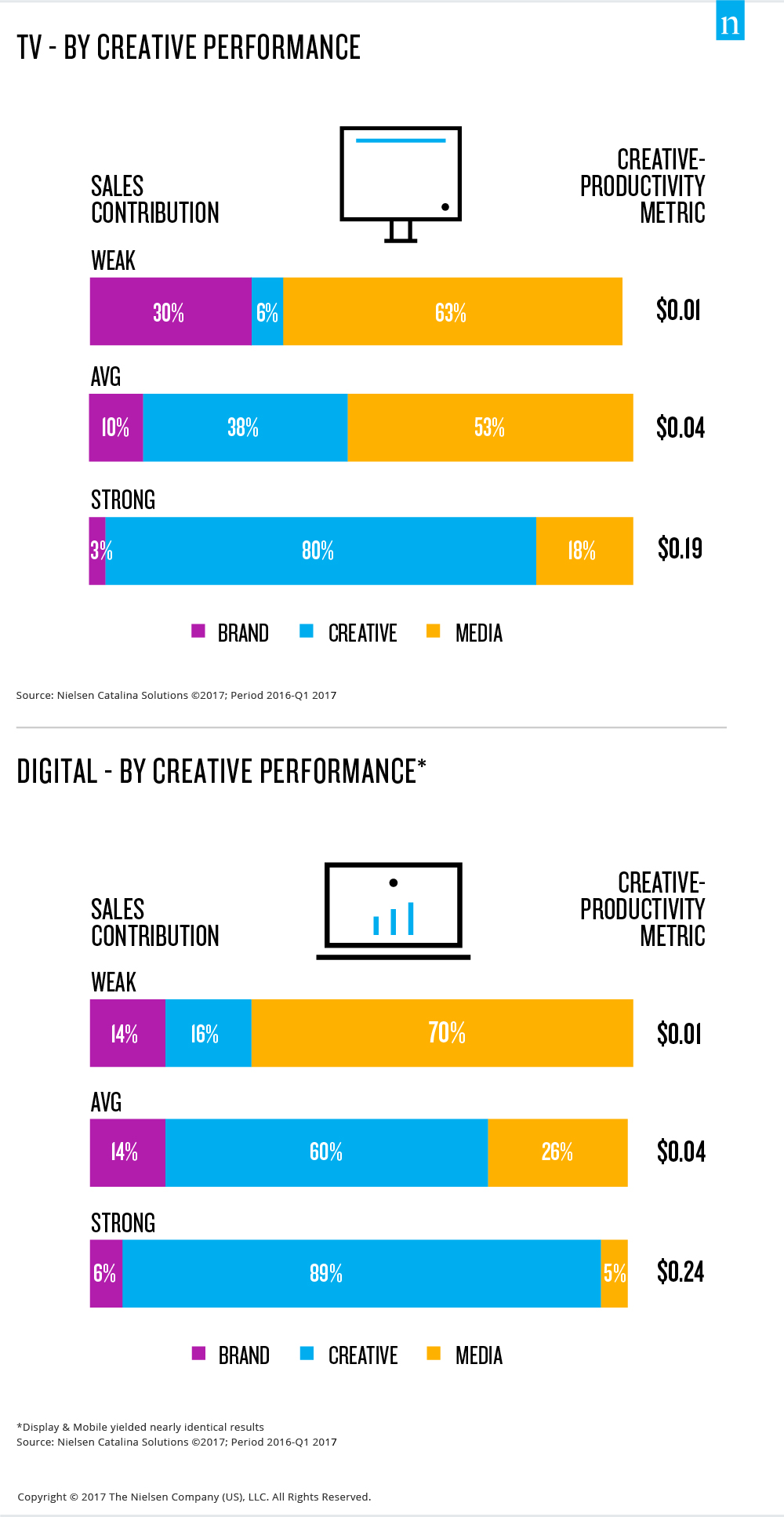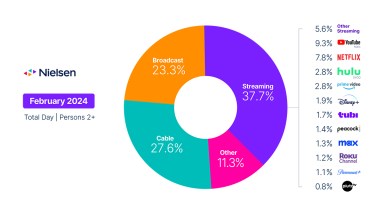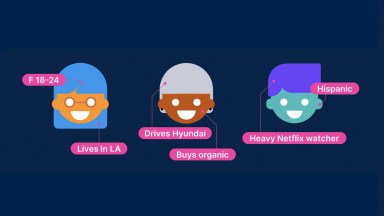 Pewnego ranka niedawno, improwizowana dyskusja wybuchła w biurze o tym, co sprawia, że dla wielkiej reklamy. Omówiliśmy kilka naszych ulubionych ostatnich reklam i, jak można sobie wyobrazić, zakres sugestii na temat tego, co było najlepsze był szeroki. Krótka forma i długa forma. Zabawne i sentymentalne. Product-driven i marki skoncentrowane. Racjonalne i emocjonalne. Choć różniły się długością i celem, jedna rzecz była jasna: były to reklamy "must-watch" - nie wypełniacze w przerwach między programami, ale świetna kreacja, o której chcemy rozmawiać, dzielić się nią i oglądać - raz za razem.
Pewnego ranka niedawno, improwizowana dyskusja wybuchła w biurze o tym, co sprawia, że dla wielkiej reklamy. Omówiliśmy kilka naszych ulubionych ostatnich reklam i, jak można sobie wyobrazić, zakres sugestii na temat tego, co było najlepsze był szeroki. Krótka forma i długa forma. Zabawne i sentymentalne. Product-driven i marki skoncentrowane. Racjonalne i emocjonalne. Choć różniły się długością i celem, jedna rzecz była jasna: były to reklamy "must-watch" - nie wypełniacze w przerwach między programami, ale świetna kreacja, o której chcemy rozmawiać, dzielić się nią i oglądać - raz za razem.
O znaczeniu wielkiej kreatywności przypomniały mi wyniki nowego, wspólnego projektu badawczego Nielsen Catalina Solutions (NCS) i Nielsena. Wyniki wzmocniły starą zasadę reklamy: creative is king! Kreatywność to rzecz, która napędza to, z czym się angażujemy, dzielimy, rozmawiamy, debatujemy, pamiętamy i kupujemy. Creative ma wielką moc, niezależnie od tego, gdzie, kiedy i jak to działa. Heck, Apple's 1984 reklama wprowadzić komputer Macintosh pozostaje jednym z najbardziej rozmawiali o wszystkich czasach i to uruchomiony jeden raz w telewizji krajowej.
Badanie miało na celu ilościowe określenie wkładu sprzedaży pięciu kluczowych czynników przyczyniających się do skuteczności reklamy: kreacji, zasięgu, ukierunkowania, częstotliwości i kontekstu. Wyniki badania pokazują, jak względna równowaga między tymi czynnikami zmieniała się w czasie i jak działa w kanałach telewizyjnych i cyfrowych. Najciekawszym aspektem dla mnie było to, że wyniki badania pokazały, że jakość kreacji przyczynia się do sukcesu rynkowego marki w takim samym stopniu jak wszystkie inne czynniki razem wzięte. Ponadto, badanie wykazało, że gdy kreatywny jest silny, jest to przeważający czynnik sukcesu w rynku: do 80% dla tradycyjnej telewizji i 89% dla reklamy cyfrowej. I odwrotnie, gdy kreacja jest słaba, wzrost sprzedaży jest słaby w całej telewizji i digitalu, a inne czynniki medialne są głównymi czynnikami napędzającymi.
Świetna kreacja, krótko mówiąc, pozostaje najważniejszym czynnikiem sukcesu każdej kampanii reklamowej, zarówno na tradycyjnych platformach telewizyjnych, jak i cyfrowych. Nowe narzędzia i techniki mogą wzmocnić, rozszerzyć i lepiej ukierunkować zasięg, a nowe formaty i miejsca docelowe wydają się powstawać każdego dnia, aby pomóc reklamodawcom znaleźć swoich konsumentów. Jednak nie mogą się one równać z siłą, jaką daje świetna kreacja, jeśli chodzi o prowadzenie naprawdę udanych kampanii reklamowych.

This, of course, raises several questions: What is great creative? How do marketers know if their creative is “great?” And how do they achieve great success with it?
In the past, marketers have relied on qualitative and/or quantitative self-report copy testing to evaluate creative. Essentially, they made decisions based on biased consumer responses often aided by their professional eyes and instincts. Essentially, they went with what they thought would work. While this may have kept very poor advertising off the air, it left some potentially great work on the drawing board. And if they had a piece of creative they needed to cut down/compress, they might have relied on personal judgment.
This is where consumer neuroscience increasingly plays an important role for marketers. That’s because the current suite of tools combining EEG, eye tracking, facial coding and biometrics, along with self-report surveys, offer a unique opportunity. Not only can these tools measure and evaluate on a macro level (i.e., what works and what doesn’t), they go even deeper, providing moment-by-moment insight that can pinpoint where a spot(s) needs to be adjusted. The results enable a collaborative approach between marketers, creative agencies and researchers to help go from early stage to primetime success—avoiding the cutting-room floor that has claimed too many could-have-been-great ads. This is because consumer neuroscience measures what traditional research methods cannot. Methods like surveys can only tap into our conscious responses, which we know are often heavily biased and are only one, arguably smaller, component of how we consume media. Studies have shown that the majority of our decision-making happens non-consciously, so much of what drives everyday decisions—including what we’ll purchase, watch and talk about—requires tools that can measure these responses.
Several years ago, we developed a model designed to understand the explosion in content platforms and the types of creative that can be optimized for each. Our Brand Immersion Model became a framework for defining the relationship between the immersive platform of TV and digital’s flexible platforms. Our research found that TV, through its unmatched ability to create new, unconscious emotional connections, has the power to form need states—which make consumers receptive to brand messages—where none existed before. Flexible environments play a key role in reinforcing need states. So the two work together in powerful, synergistic ways.
It’s important to understand this relationship in order to develop creative that will be great on each platform. The Brand Immersion Model breaks down the two primary ways to engage with content:
Highly Immersive Platforms: Viewers are more apt to be passive participants, observing content that substitutes the viewers’ emotional state with the emotional lives of the onscreen characters. If those characters need a product, the viewer feels that same need. Examples include television, virtual reality, theaters and home theaters, IMAX and events like the Olympics. Immersive content enables us to experience others and generate need states that previously did not exist.
Highly Flexible Platforms: Viewers are more apt to be active participants, constantly searching for something that engages them. This content requires the need to already become established. The content or advertising then supports this need. Examples include smartphones and tablets with email, social media and the websites that provide a never-ending search for more. Flexible content enables us to develop our own experience and satisfy need states that already exist.
Television is highly effective as an advertising platform because it is the primary medium that can create a need state, either through experiencing the needs of the onscreen characters during the primary content or through the high emotional involvement with on-screen characters during the advertising itself.
With flexible experiences, individuals seek out an experience more customized to their interests. For the most successful executions, this can result in higher engagement with content than on an immersive platform because it’s tailored to what the consumer is seeking. The reason for this heightened engagement is that the content is user-generated—people seek to broaden their conversations with each other and trusted sources like influencers instead of with the stories of new characters in an advertisement. Unless the ad is for a product the consumer already knows that he or she wants at that moment and it takes up enough of the screen to get noticed without turning the viewer “off,” it cannot generate the same level of connection.
So how do you ensure that your creative and different platforms go hand-in-hand for the most optimal engagement? How can we move from must-skip to must-watch? And how do we turn turn-out into tune-in? It’s simple: tap into the full spectrum of consumers’ responses— both conscious and non-conscious—to uncover areas of emotional impact, visual hot spots, blind spots and inform the strongest possible creative development.
Aby dowiedzieć się więcej, zarejestruj się na nadchodzące webinarium 25 października lub na żądanie.



